SALES – B2B Fine icing sugar
General
Icing sugar is produced by finely grinding crystal sugar in powder mills. In this way, products of varying fineness with properties optimized for the intended application can be produced by changing the grinding parameters. Since freshly ground icing sugar tends to form lumps, it is conditioned so that it can also be stored for extended periods. Minute quantities of so-called separating agents can be added to the freshly ground product to produce a fine icing sugar with a particularly long shelf life. Powdered starch and dried glucose syrup have proven particularly suitable here. The classical separating agents tricalcium phosphate and silicon dioxide can also be used, but they must be declared as additives.
Products and applications
The various types of icing sugar differ with regard to their fineness and through the addition of a separating agent, if applicable.
Summary of range
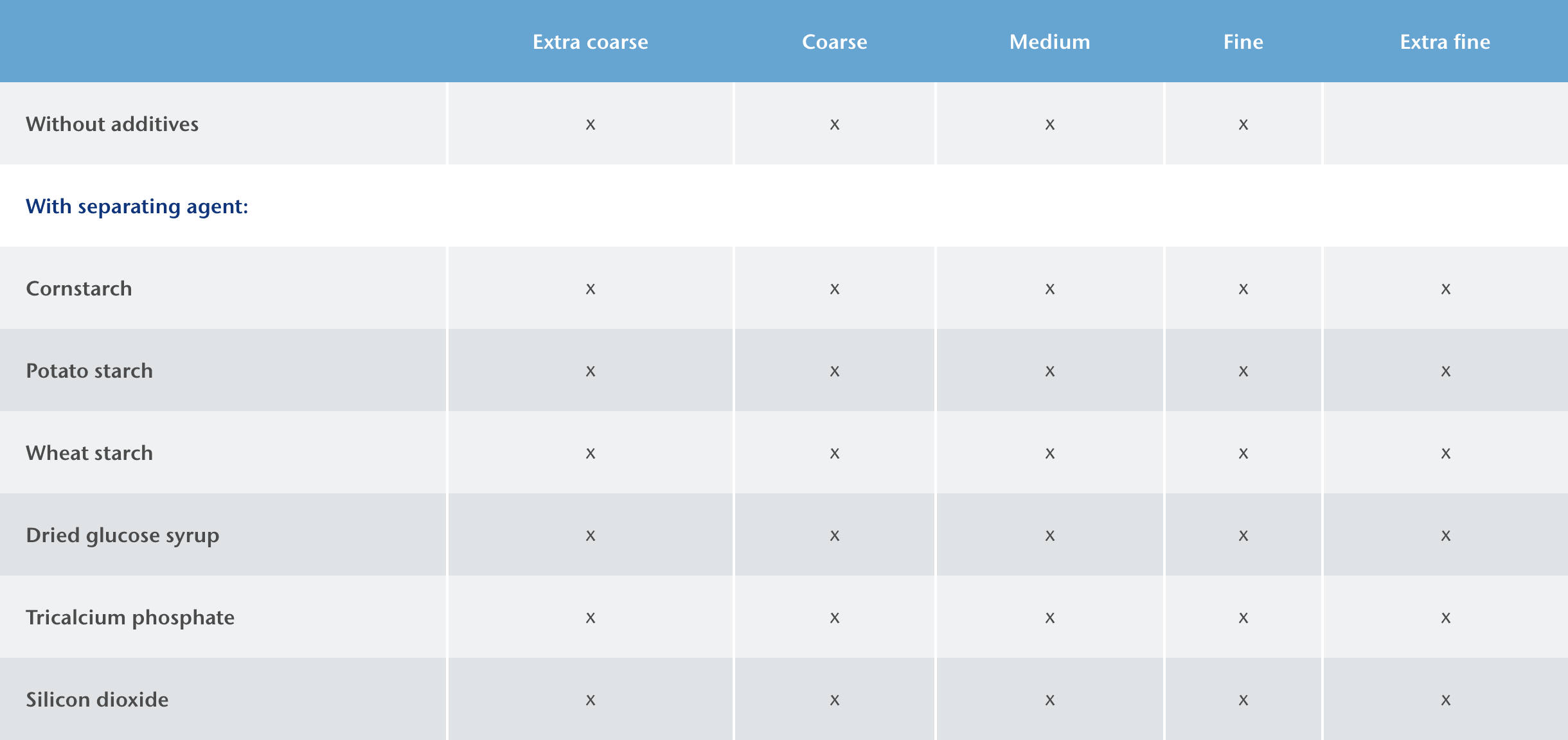
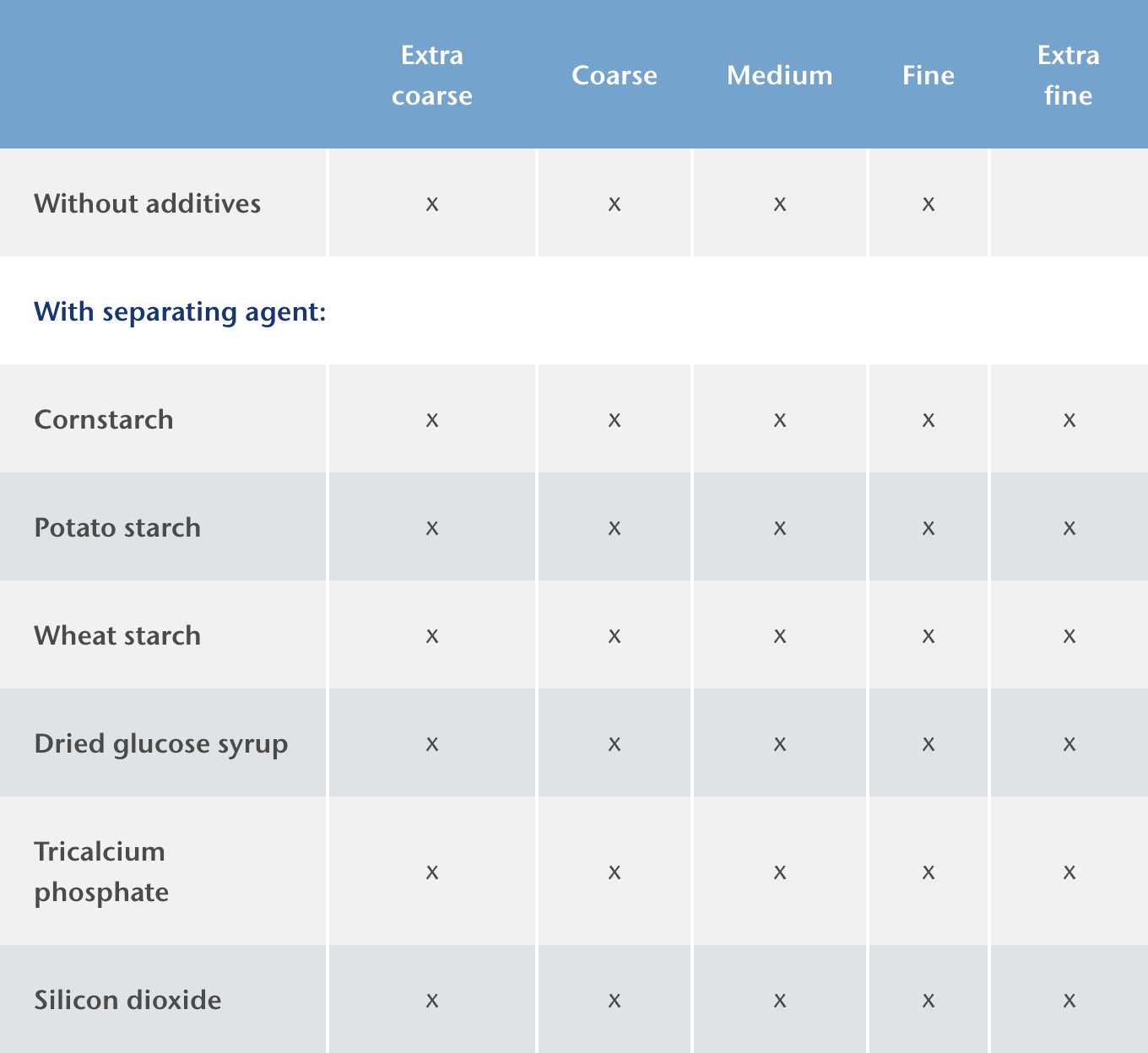

Application examples


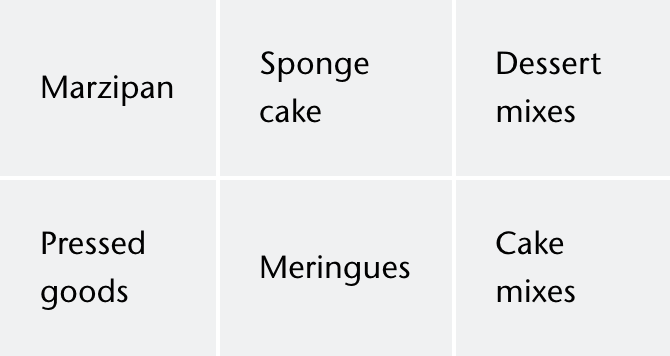
Analytical data
In the processing of fine icing sugar it is often important to know its bulk and tamped density, which are both related to product fineness. The table shows the typical correlation on the example of fine icing sugar with wheat starch.
Bulk density and tapped density of fine icing sugar with wheat starch as an anti-caking agent
P&L-method: BA-ZA-02, 2.11
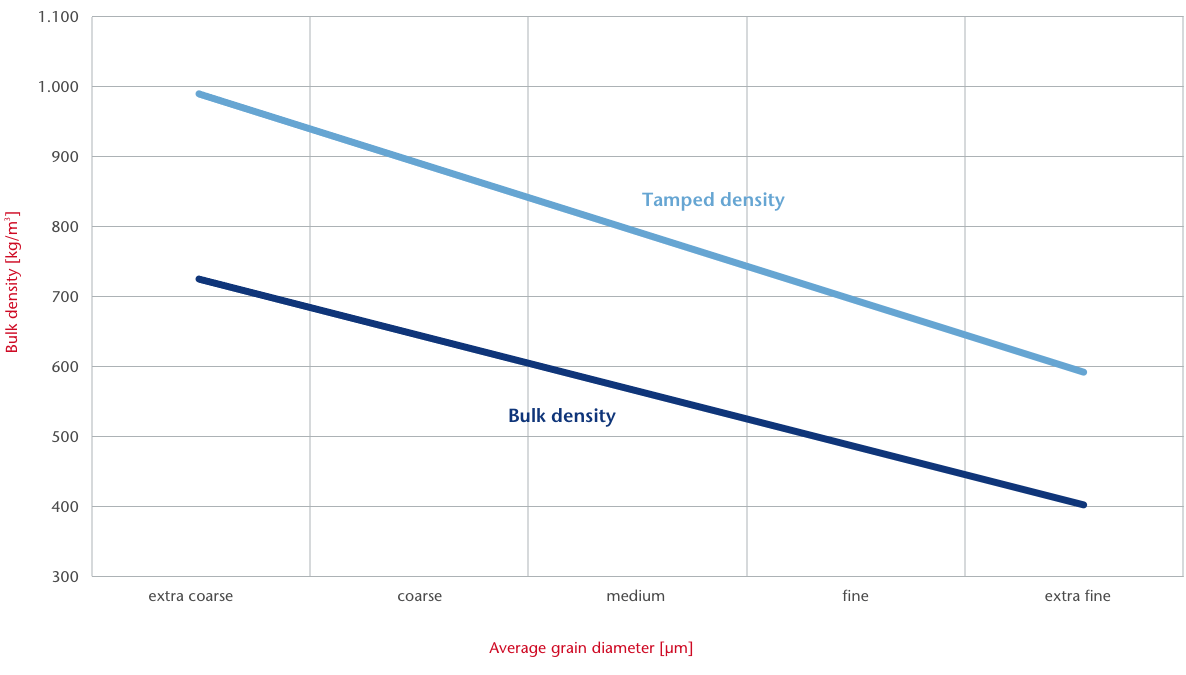
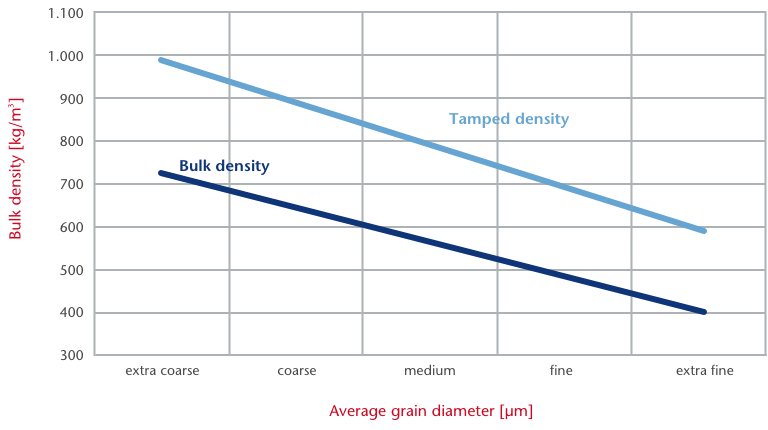
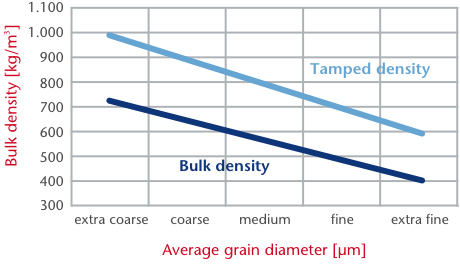
Forms supplied
- Big Bag
- Bags in different formats
Storage
For fine icing sugar with a separating agent, a shelf life of 18 months is assured when stored under appropriate conditions. For fine icing sugar without additives, an unlimited shelf life is assured when stored under appropriate conditions.